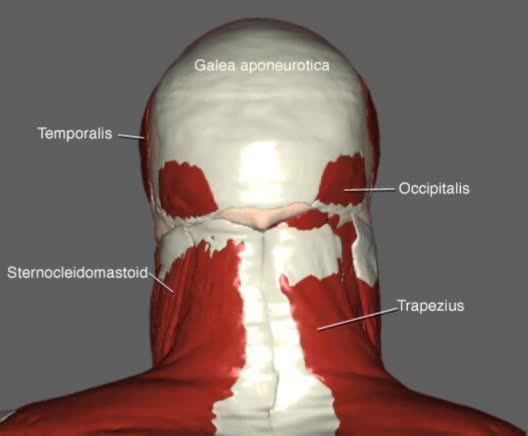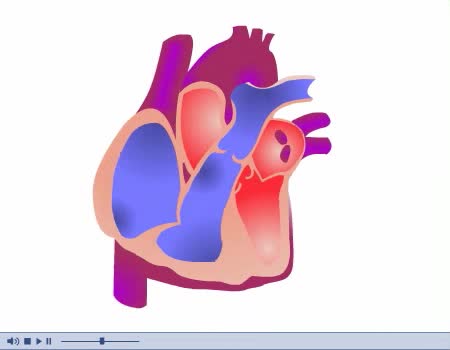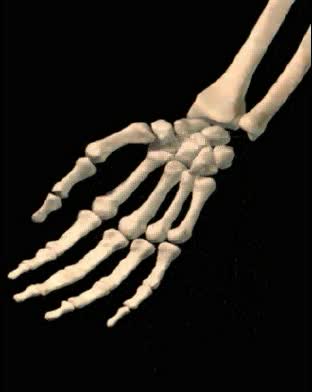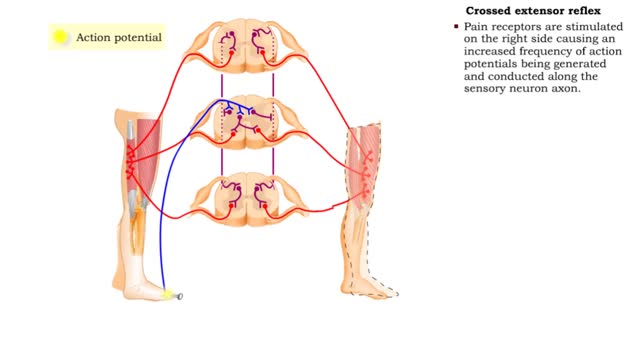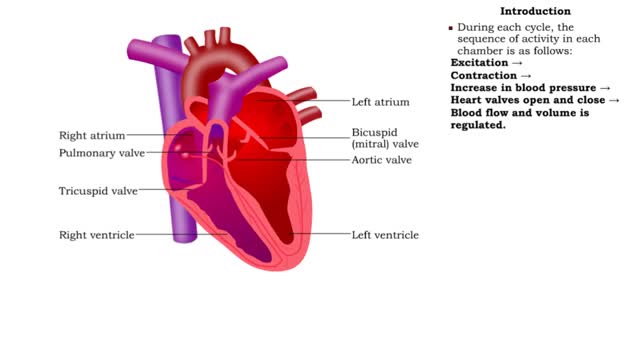Search Results
Results for: 'regulation of body weight'
Head and Neck Movement Animation
By: Administrator, Views: 426
Interestingly, head and neck muscles are the first ones that the baby can control. A baby can hold his head up before he can sit erect. The muscles of the head and neck perform many important tasks, including movement of the head and neck, chewing and swallowing, speech, facial expressions, an...
Studying the Left and Right Brain Independently
By: Administrator, Views: 14491
A seizure, technically known as an epileptic seizure, is a period of symptoms due to abnormally excessive or synchronous neuronal activity in the brain. Outward effects vary from uncontrolled shaking movements involving much of the body with loss of consciousness (tonic-clonic seizure), to shakin...
By: Administrator, Views: 15912
Hyperglycemia means high (hyper) glucose (gly) in the blood (emia). Your body needs glucose to properly function. Your cells rely on glucose for energy. Hyperglycemia is a defining characteristic of diabetes—when the blood glucose level is too high because the body isn't properly using or doesn...
By: Administrator, Views: 14374
Diastole and systole are two phases of the cardiac cycle. They occur as the heart beats, pumping blood through a system of blood vessels that carry blood to every part of the body. Systole occurs when the heart contracts to pump blood out, and diastole occurs when the heart relaxes after contract...
By: Administrator, Views: 1348
Circumduction is sometimes described as simply a "circular movement" because circumduction movements of (e.g. the arm and hand) result in the outer edge of the limb (e.g. the fingertips) tracing circles in space. Another way to express this is to say that circumduction is the movement of the dist...
Lipid catabolism ( ketogenesis and oxidation of glycerol) and Lipid anabolism (lipogenesis)
By: HWC, Views: 11569
• During excessive beta oxidation, the two-carbon fatty acid fragments are converted into acidic ketone bodies. • Ketosis, the overproduction of ketone bodies, can lead to acidosis (ketoacidosis) of the blood. • After lipolysis, glycerol is converted to pyruvic acid. • Pyruvic aci...
Flexor reflex & Crossed extensor reflex
By: HWC, Views: 11150
• The flexor reflex is a response to pain. This reflex is polysynaptic, ipsilateral, and intersegmental. • Pain receptors are stimulated causing increased frequency of action potentials to be generated and conducted along the sensory neuron axon. • The sensory impulses excite several ass...
By: Administrator, Views: 14426
Hyposecretion or inadequate use of insulin may result in diabetes mellitus (DM). Hypersecretion of insulin may result in hyperinsulinism. Diabetes mellitus is the most common endocrine system disorder of childhood. Symptoms include: Polyuria Polydipsia Polyphagia Management of DM durin...
Electrical changes in the heart
By: HWC, Views: 11013
• ECG: Graph of the voltage changes that occur during the cardiac cycle. • Readings are taken by electrodes placed on the surface of the body. • Electrodes detect voltage changes caused by the electrical activity of the heart. • P wave = atrial excitation (atrial depolarization). ...
Advertisement



